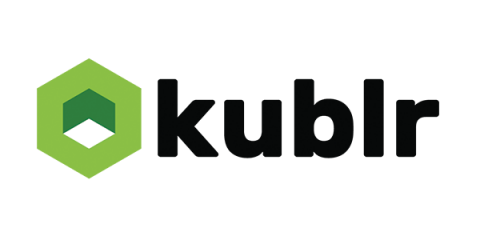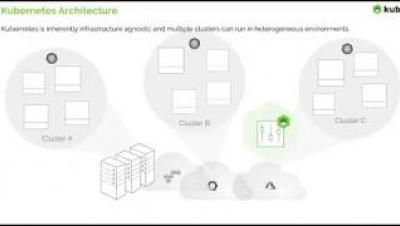Kubernetes Day Two: Transitioning from Development to Production
As your organization gets more comfortable with Kubernetes in development, you’ll want to prepare to adopt it in production. But mastering Kubernetes in dev does not necessarily translate into mastering it in prod. There are many additional components that must be configured and fine tuned to ensure reliable, self-healing production clusters. In this blog, we’ll walk through the key elements of a Kubernetes production setup.



